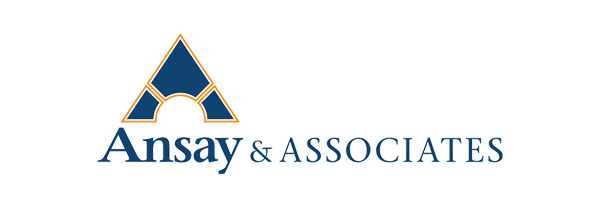By John Wallen and Craig Tappel, HUB International
After years of infrastructure underinvestment, Wisconsin’s construction industry is in a good position to collect its share of the state’s rewards under last year’s federal $1.2 trillion Infrastructure Investment and Jobs Act (IIJA).
Nearly $6 billion will be directed Wisconsin’s way to improve highways, bridges and public transportation. It promises a big boost in the state’s “C” grade on the American Society of Civil Engineers’ infrastructure report card. And it also solidifies Wisconsin’s overall construction climate as fifth best in the U.S.
It’s not just the infrastructure bill that is portending a good 2022 (and beyond) for builders in Wisconsin. In non-residential construction, warehouse and food/beverage projects continue with pandemic-driven expansions. Healthcare construction remains steady, buoyed by investment in smaller regional facilities and specialized operations designed to improve access.
Residential construction in Wisconsin continues to be sustained to some extent by insufficient housing inventory and low mortgage rates. Still, the 5% drop in 2021’s new home starts after a 40% jump in the first six months, raises concerns about roadblocks as well as opportunities on the road ahead.
It’s those roadblocks that the industry needs to be prepared for as 2022 progresses. Some, like the supply chain bottlenecks arising from the 2020 pandemic shutdowns, are still holding business back. Solutions are available, but it will take a sustained effort for them to yield results. Others are long-standing and have no easy fix, like the ongoing and worrisome shortage of workers.
Understanding the risks and using all the tools available to manage them is critical for construction companies to be able to take full advantage of the opportunities ahead. It will take resiliency to successfully balance the forces at work and come out winning. Here is what the industry must keep an eye on:
Supply chain issues remain, prompting hard look at options
The materials shortages have hampered the industry through 2021, and the pressure isn’t likely to let up much in 2022. The impact is being felt on every front.
Months-long order backlogs remain a hindrance and are squeezing financials. Materials prices rose month after month through 2021, ending the year with costs 21% higher than in 2020. Lumber prices, notably, are back in the upper reaches of their roller coaster ride. After peaking in May, 2021 when softwood lumber exceeded $1,600 per thousand board feet before crashing down to $600, they doubled again between November and January 2022, hitting $1,000 per thousand board feet. Volatility remains the name of the game.
It’s forcing contractors to look for advantages where they can be found. Improved engagement with suppliers is important, along with building materials reserves and developing backup suppliers. It’s also important to reconsider reliance on foreign-made supplies and just-in-time materials sourcing. If relationships with local and regional suppliers can be established, all the better.
Options in lumber, concrete, and prefab
Advantages also may lie in alternative materials along with different ways to get the job done.
There have been big improvements in quality of new materials used for construction, which, more than supply chain issues, may actually be the reason they take firmer hold in 2022 than they have until now.
For example, cross-laminated, or mass timber has advantages over standard lumber in certain applications, with its strength and improved fire resistance. Another bonus is its domestic manufacture, which makes it more readily available as it’s less vulnerable to global supply chain blockages. “Bendable” concrete is another increasingly attractive material, as its greater durability means fewer costly repair issues.
Further, modular and prefabricated construction ticks a lot of boxes for the industry, with benefits ranging from improved quality control and safety to productivity gains of 30% to 50%. The concern here, though, is an exposure contractors may not think about, as modular construction blurs the lines between where the potential liabilities exist and how they would be covered by insurance. Instead of the traditional construction insurance coverage for premises/operations and completed operations, prefabricated components present a product liability risk. That makes them subject to a whole different set of laws and a potential for gaps in coverage and conflicts as to allocation of liability in insurance coverage. (Consult your insurance broker to avoid the pitfalls.)
The continuing drag of an insufficient supply of workers
The worker shortage is a never-ending problem that shows no sign of improving. That’s a drag on 2022 prospects as all the business coming through the door doesn’t count for much without bodies to fill jobs.
As the construction workforce continues to age – average worker age is now 43 – the industry needs to pull out all the stops to turn the shortage around. More than one million new workers are needed to manage all the projects in the pipeline over the next two years. There are reasons young people aren’t interested, but creative approaches may entice them.
Tying recruiting and training efforts to industry and broader social/cultural trends is one way to get traction. The expanding influence of technology in reshaping the business, for example, is a natural to play up. It gives younger, tech-savvy millennials and GenZs a challenging new milieu to apply their well-honed skills with devices, apps, video games and drone technology. Playing up the importance and impact of technology is one way of putting construction in a new light – as a career requiring practical applications of these skills.
Moreover, the tech card may also be a way to to counter another pressing concern – turnover. Turnover in the industry has reached a troublesome 21.42%, and while enriched voluntary benefits may offset that trend, marrying solutions to needs can help too.
Some firms, for example, have established apprenticeship programs with a twist. Not only do more seasoned workers mentor younger colleagues on what the job takes, but mentorship goes the other way, too, by training the trainers in tech skills they need on the job and off.
Construction tech has decided upsides, but, oh, those cyber risks
The impact of technology on construction is only growing and it’s transformative.
None of it is unfamiliar. Drone use is exploding, increasing nearly 250% year over year, largely to facilitate surveys and inspections. “Smart” project management tools are well integrated into operations, making scheduling and budgeting more efficient. Robots and wearable sensors improve efficiency and safety in any number of work functions.
The industry’s investment in technology has shot to record levels, hitting over $2 billion in 2021 – up 100% from 2020. It promises to improve productivity by as much as 60% and deliver as much as $1.6 trillion annually in incremental global value. And yet, these are still early days of tech adoption.
If there is an adoption curve, there’s also a learning curve, and that applies as much to the risks of technology as the benefits. Cybercrime is rampant, and the more the industry deploys tech solutions, the more it opens itself to exposure.
Even though other business sectors are more vulnerable than construction, the sooner more stringent protections are put in place against hackers, the better. The rise in cybercrime has resulted in more stringent underwriting guidelines by insurers, and premiums for cyber policies rising by 20% or more. Now’s the time for construction firms to have serious discussions with their brokers about risk management measures, and adequacy of their cyber coverage.
Opportunities abound this year – and beyond – for the construction industry. But seizing on them will be the challenge. The ability to navigate the uncertainties on the road ahead – financial, supply and labor pressures alone – require resiliency that many firms, by now, may find hard to muster.

John Wallen is Vice President and Wisconsin Construction Practice Leader for global insurance brokerage Hub International, with more than 30 years of experience providing risk management consulting, effective insurance solutions and innovative risk and cost reduction strategies for the construction industry.
Craig Tappell is the Chief Sales Officer for global insurance brokerage HUB International’s construction specialty practice.













